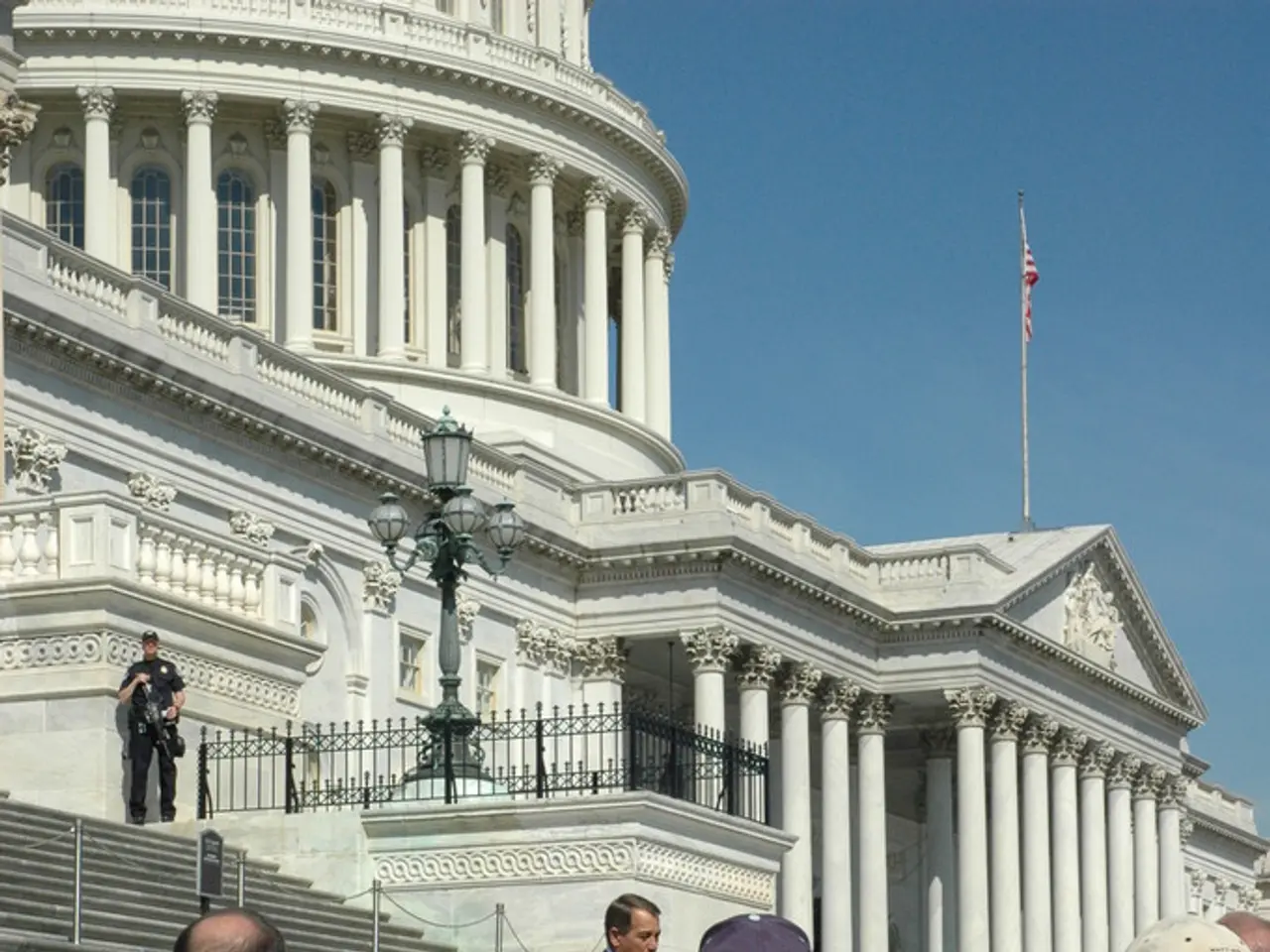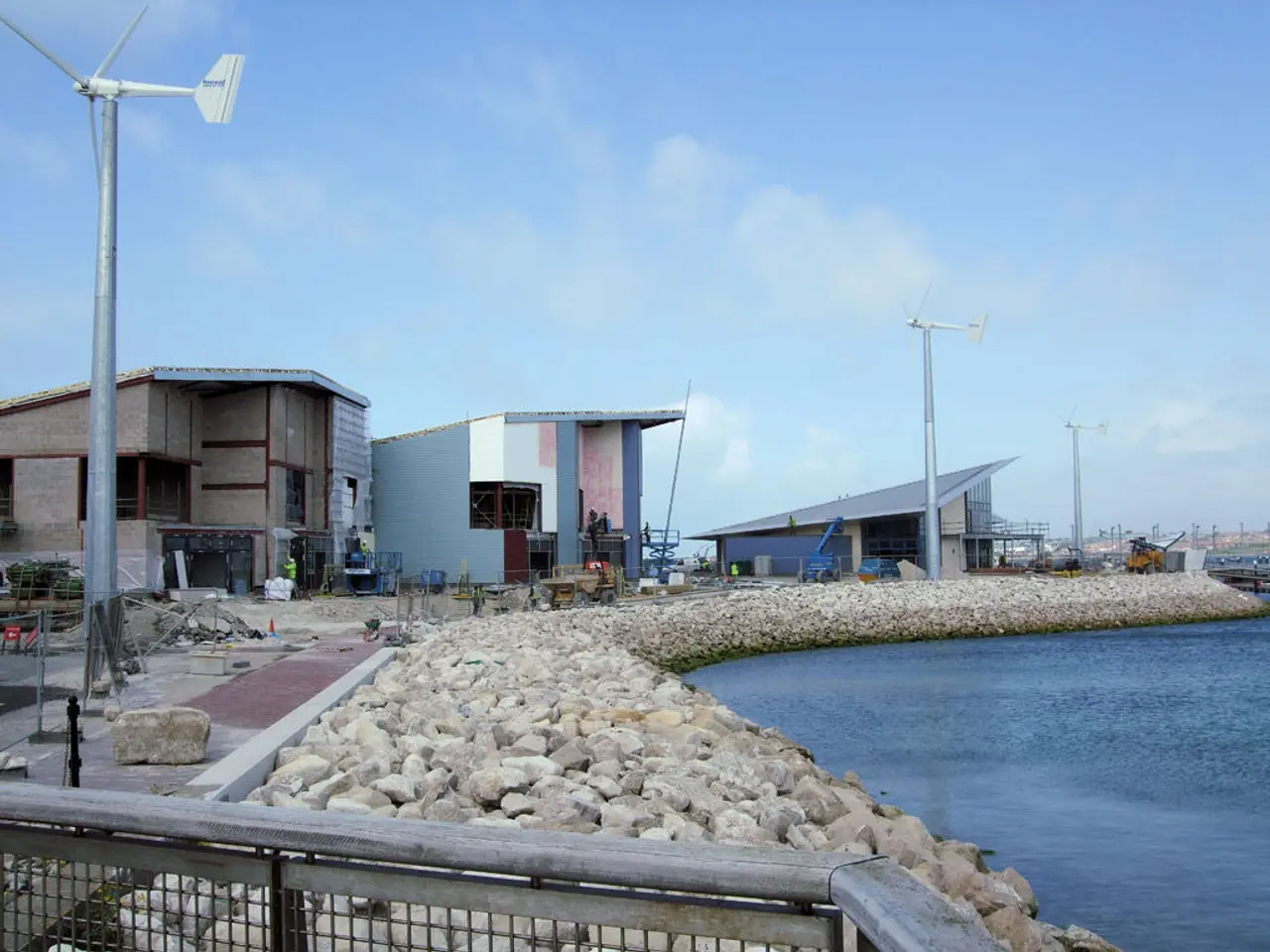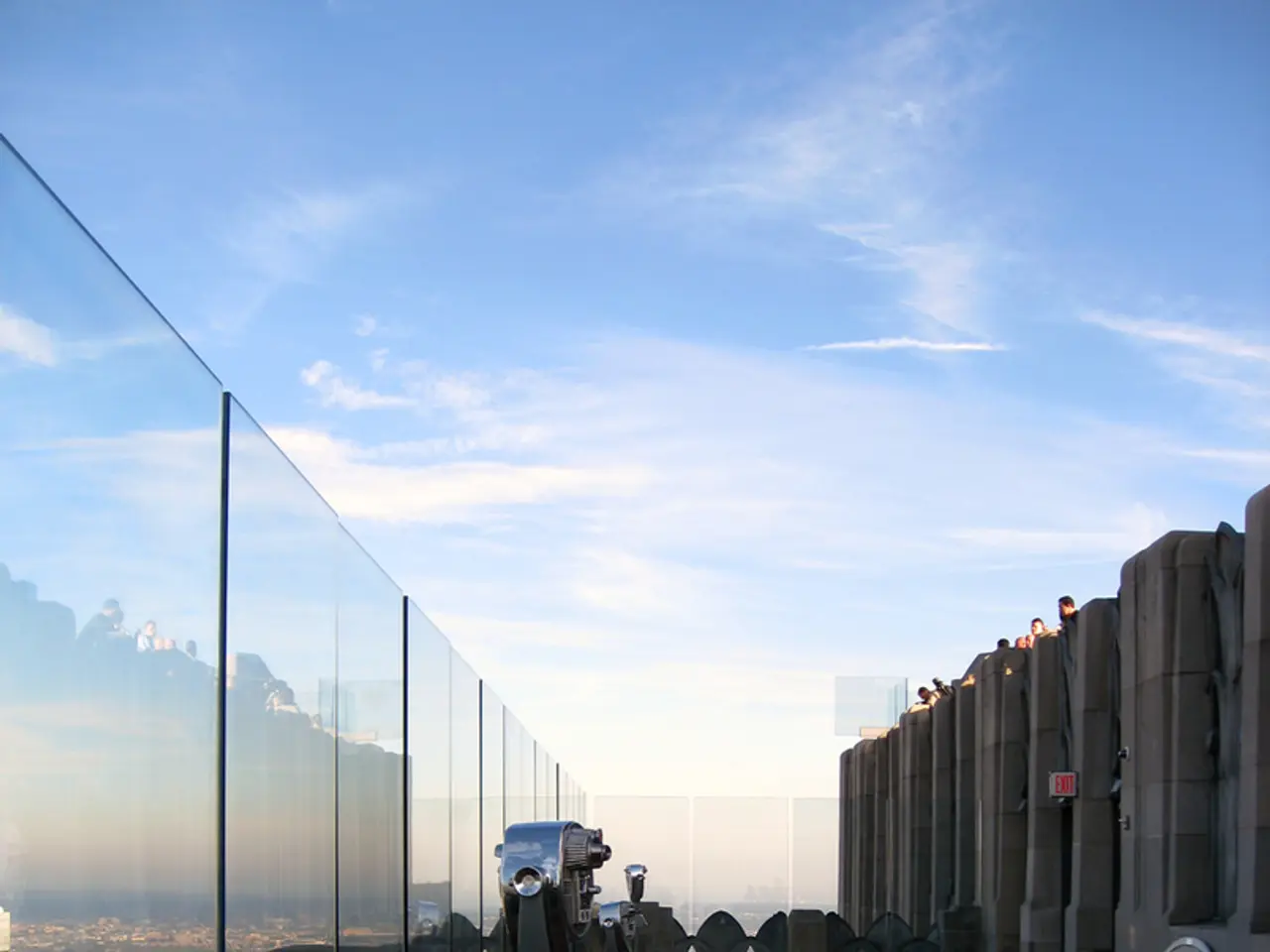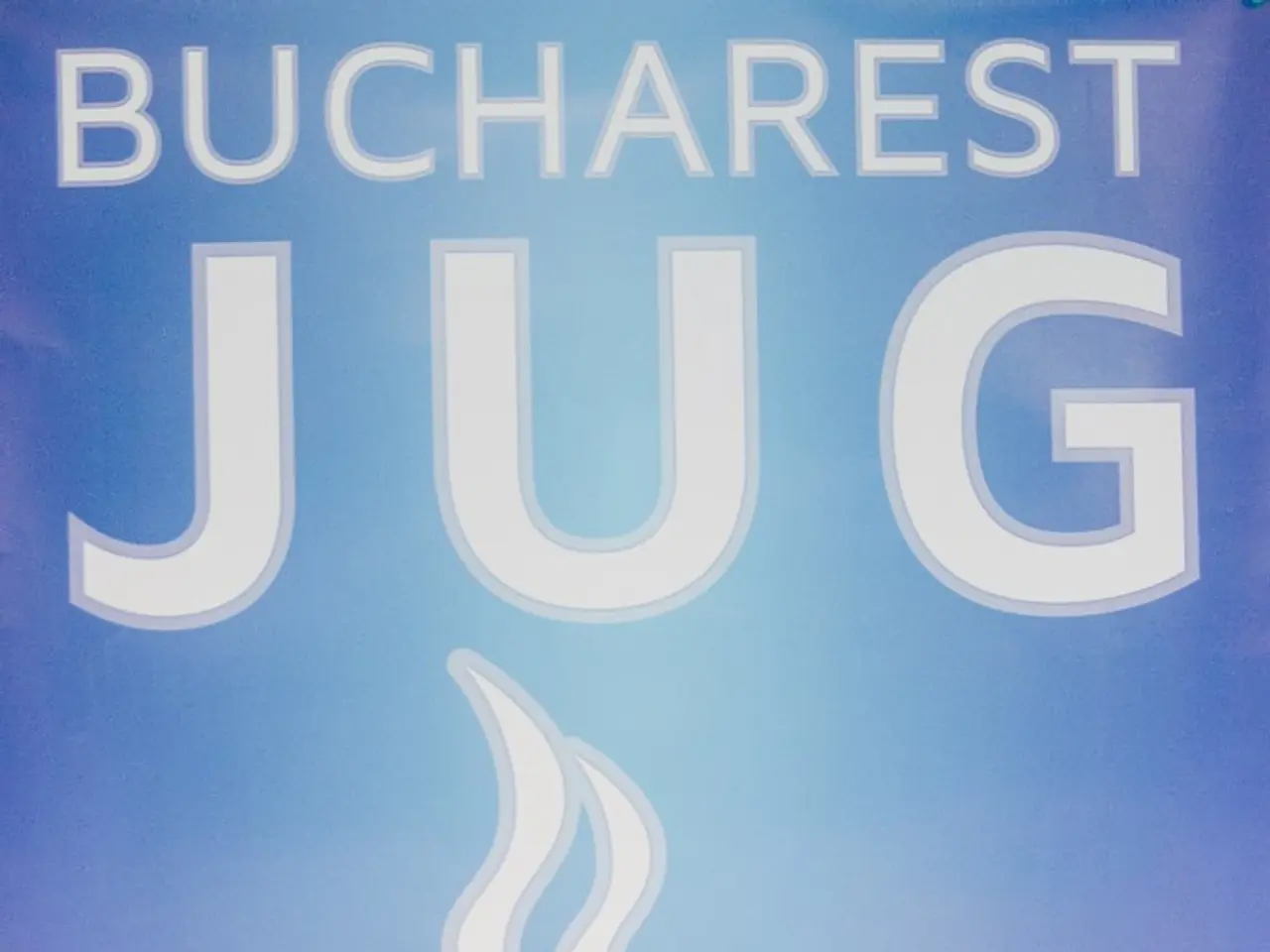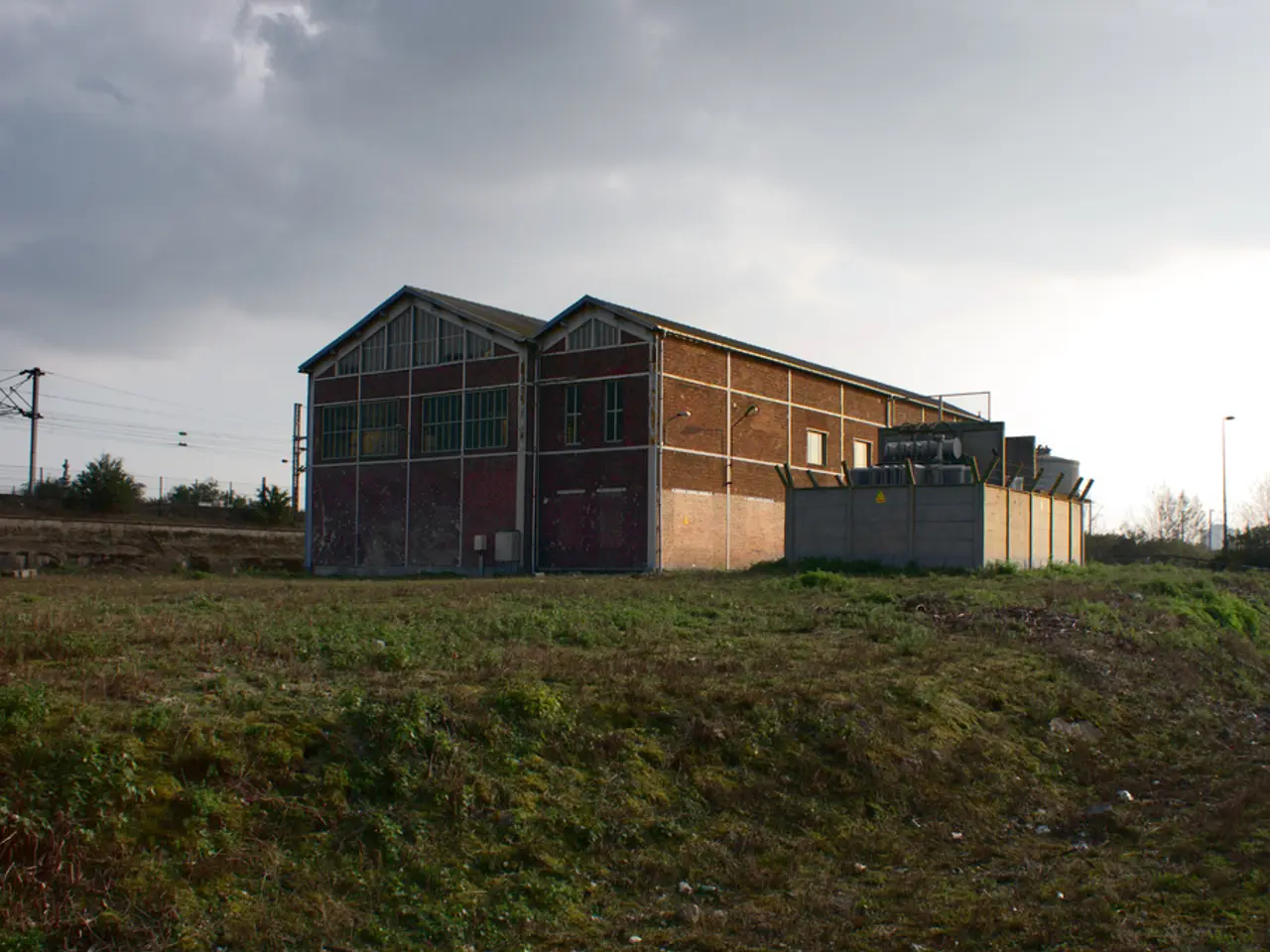Investigative Handbook for Unidentified Flying Objects with Ray Stanford
In a recent episode of "New Thinking Allowed" hosted by Jeffrey Mishlove, Ray Stanford, a prominent figure in UFO research, discussed his unique approach to investigating Unidentified Flying Objects (UFOs). Stanford, an expert in trance channeling, psychic reading, paleontology, and with over 50 years of UFO research experience, advocates for a more scientific and instrument-based approach to UFO research.
Stanford emphasizes the significance of using scientific instruments like magnetometers and gravimeters in UFO research. These tools help in detecting variations in magnetic fields and changes in the local gravitational field, respectively. By applying these instruments, Stanford aims to document physical effects associated with UFO events, supporting the idea that these phenomena have a tangible presence that can be analysed scientifically.
During his research, Stanford recounted an intriguing encounter in West Texas where he observed a "mothership" or "carrier object" emerging from a cumulonimbus cloud, positioning itself 90 miles east of their location, and launching smaller objects at high speeds. Both the mothership and smaller objects were captured on magnetometer and gravimeter readings, as well as on film.
One fascinating observation made by Stanford was the behaviour of the UFO's magnetic field, which became similar to a bar magnet just before it vanished, suggesting the UFO might manipulate its surrounding plasma and magnetic field.
Stanford's efforts to ground UFO research in empirical evidence follow the precedent set by early scientific consultants like Joseph Allen Hynek, who advocated for systematic, data-driven UFO studies. By producing objective, physical measurements, Stanford's approach lends credibility and rigor to the field of UFO research.
Moreover, Stanford and his team used a light-based system consisting of spotlights to attract the attention of UFOs, creating a 100-foot diameter circle of lights. This approach, while unconventional, demonstrates Stanford's commitment to a scientific and instrument-based approach to UFO research.
The episode also featured personal narratives and anecdotal evidence regarding missing time and abduction experiences. However, Stanford's focus remains on the scientific validation of UFOs, using rigorous scientific instruments to provide measurable, reproducible evidence.
In 1977, a group of prominent scientists and researchers in the field of UFOs and extraterrestrial life signed a petition to the United Nations, calling for the establishment of an international research program to investigate the UFO phenomenon. Stanford's work aligns with this call, advocating for collaboration with scientists and experts to deepen the understanding of UFO phenomena.
Peter Sturrock, a well-known and highly respected figure in the scientific community, recognized for his contribution to plasma physics and astrophysics, and for his efforts to legitimate scientific research into Unidentified Aerial Phenomena (UAP) and Unidentified Flying Objects (UFO), supports Stanford's approach.
In summary, Ray Stanford’s focus on magnetometers and gravimeters aids the scientific validation of UFOs by producing objective, physical measurements of anomalous electromagnetic and gravitational effects associated with UFO events, lending credibility and rigor to the field of UFO research.
- Ray Stanford, a researcher with expertise in UFO research and trance channeling, advocates for a more scientific approach to UFO investigations, using instruments like magnetometers and gravimeters.
- During an encounter in West Texas, Stanford observed a UFO in the form of a 'mothership' or 'carrier object', which showed unusual behavior in its magnetic field.
- The UFO event was recorded on magnetometer and gravimeter readings, as well as on film, providing physical evidence of the encounter.
- Stanford believes that documenting the physical effects associated with UFO events will support the idea that these phenomena have a tangible presence that can be analyzed scientifically.
- Peter Sturrock, a respected scientist in the field of plasma physics and astrophysics, supports Stanford's approach to legitimize scientific research into Unidentified Flying Objects (UFO) and Unidentified Aerial Phenomena (UAP).
- In 1977, a group of scientists and researchers petitioned the United Nations to establish an international research program to investigate the UFO phenomenon, aligning with Stanford's advocacy for collaboration with experts.
- Stanford's focus on objective, physical measurements lends credibility and rigor to the field of UFO research, following the precedent set by early scientific consultants like Joseph Allen Hynek.
- In an effort to attract UFOs, Stanford's team used a light-based system, creating a 100-foot diameter circle of lights, demonstrating their commitment to a scientific and instrument-based approach.
- The scientific validation of UFOs through the use of instruments like magnetometers and gravimeters could potentially impact various fields, including science, medical-conditions, lifestyle, technology, and even sports, if UFOs are found to have advanced technology or extraterrestrial origins.
